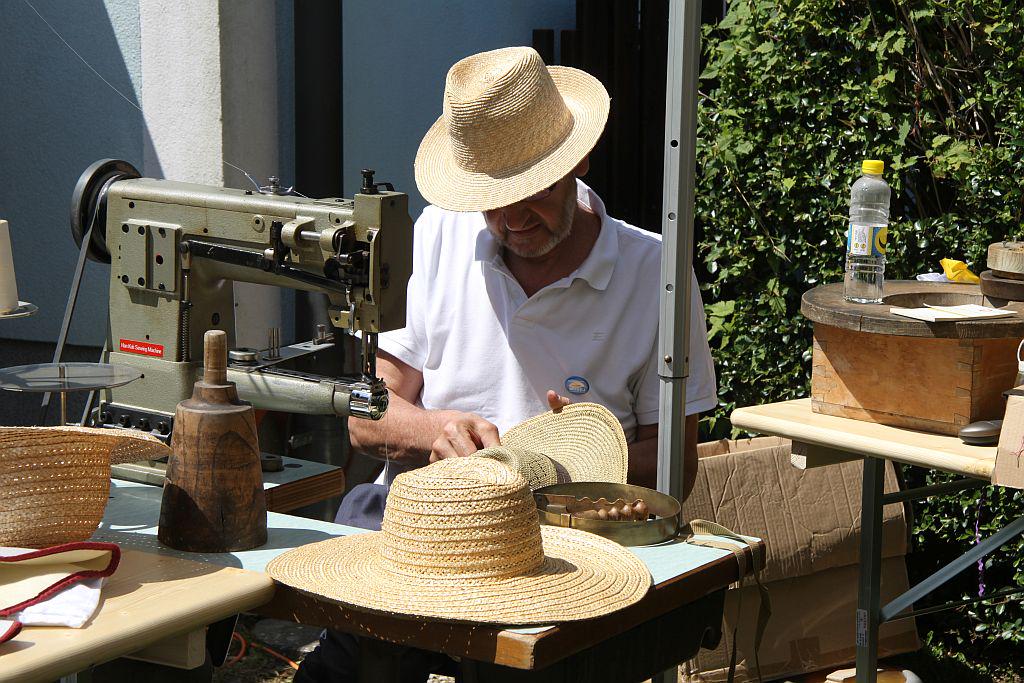
Before the advent of industrialization, many towns across the Slovenian Lands specialized in crafts ranging from pottery making to blacksmithing. The area around Domžale, just north of Ljubljana, was best-known for objects made of straw – a fame that extended far beyond Slovenia.
The process began in the villages around Domžale, where the local peasants braided wheat straw. The straw then made its way to the town itself, where skilled craftsmen used it to create hats, bags, and other objects. According to a local legend, the making of straw hats was introduced to the area by a beggar from Florence. He was allowed to spend the night in a local home, and in gratitude, he taught a local boy the skill of making objects out of straw.
By the 19th century, half of the population in the area made a living from straw weaving. Even the local traditional dress came to feature a straw bag. Meanwhile, straw hats, which were worn almost exclusively by peasants on the fields at first, became a fashionable item for the urban elite.
Tradesmen from the Austrian province of Tyrol sold Domžale straw hats throughout Europe, where they were prized for their quality. At one point, the hats were exported as far as the United States and were sold in fashionable Parisian boutiques.
By the end of the 19th century, many of the original workshops were replaced by modern factories, some of them also owned by the Tyrolians, and they continued to thrive well into the 20th century. But in the interwar era, new fashions and political changes, combined with cheaper manufacturing elsewhere, caused a sharp decline in the demand for Domžale straw. Factories began to go bankrupt, and a distinctive Slovenian product began to vanish.
A single factory persevered until 2003, when it too shut its doors. Today, only small-scale production of straw hats remains, mostly for the tourist trade. But straw still features prominently in Domžale’s coat-of-arms, and the town hosts a small museum, where various straw hats from the last 300 years are on display. They remind locals and visitors alike of an era when an all-but-vanished craft provided a livelihood to generations of families.

































































